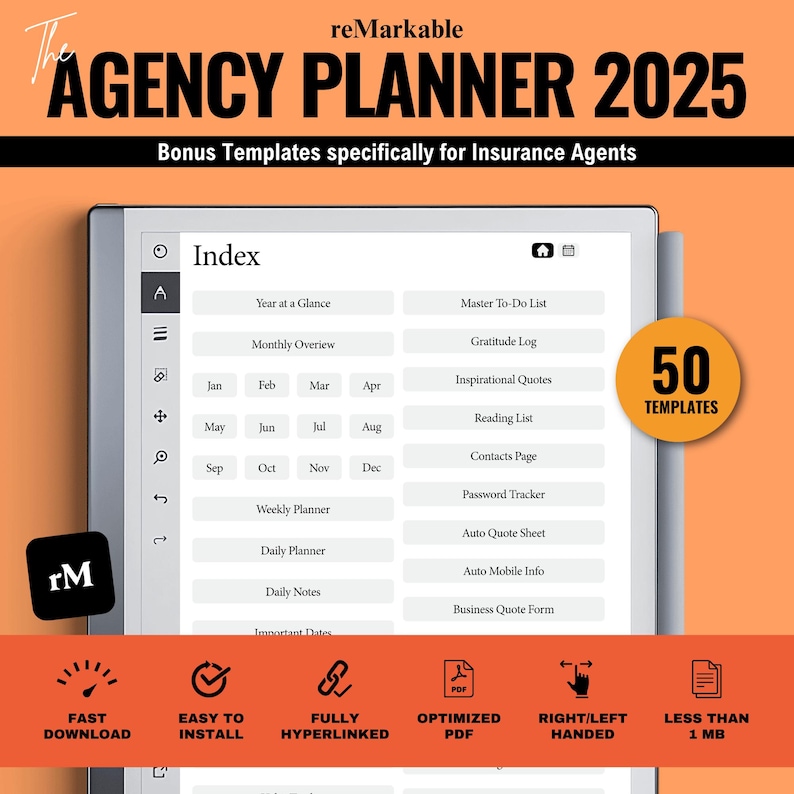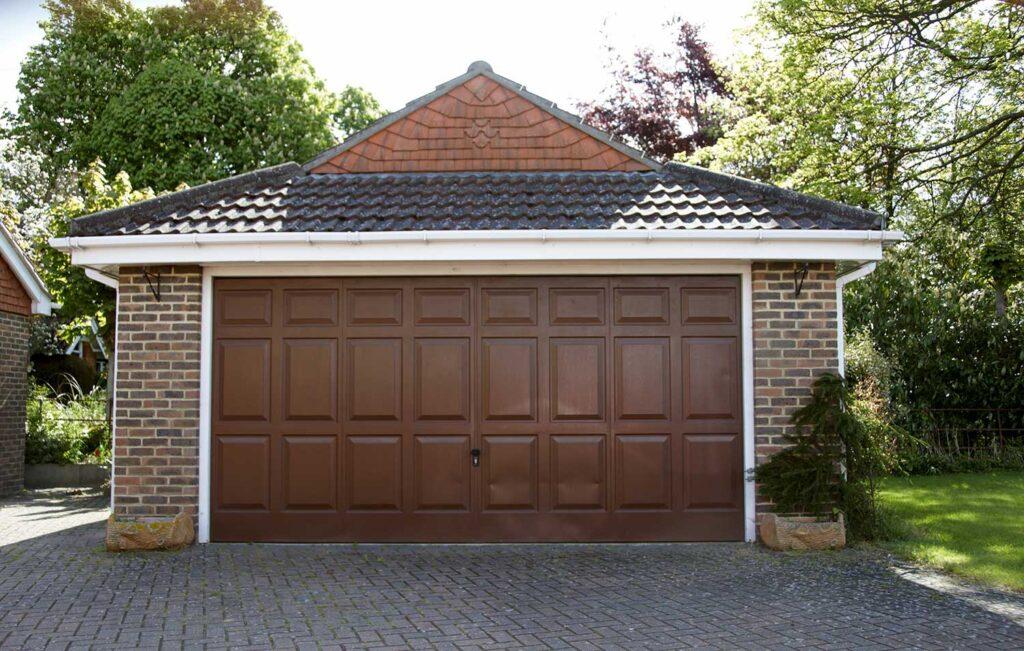Thinking about adding a detached garage or a charming little shed to your property? Whether it’s for extra storage, a workshop, or even a cozy guest space, these outbuildings can be fantastic additions. But before you start hammering nails or signing contracts, it’s crucial to understand how your insurance coverage works for these structures. In this article, we’ll break down the essentials of coverage for detached garages and outbuildings, helping you protect your investment and enjoy peace of mind. Let’s dive in!
Table of Contents
- Understanding What Detached Garage Coverage Means for Your Home
- Common Risks and How Insurance Policies Typically Handle Them
- Tips for Ensuring Your Outbuildings Are Properly Protected
- How to Choose the Right Coverage Limits for Maximum Security
- Final Thoughts
Understanding What Detached Garage Coverage Means for Your Home
When it comes to insuring your property, many homeowners overlook the importance of separate coverage for detached garages and other outbuildings. These structures often contain valuable equipment, vehicles, or tools that aren’t protected under standard home insurance policies unless explicitly included. Detached garage coverage ensures these assets are covered against risks like fire, theft, or weather damage, providing peace of mind beyond the main residence.
It’s crucial to understand that coverage for outbuildings can vary significantly between insurance providers and policies. Some plans automatically include certain types of outbuildings, while others require additional endorsements or riders. Typically, covered risks extend to:
- Fire and lightning
- Vandalism and theft
- Windstorms or hail
- Falling objects
Always review the specifics of your policy to confirm what your detached structures are protected against and consider the value of the items stored in these buildings when deciding on coverage limits.
Common Risks and How Insurance Policies Typically Handle Them
Detached garages and outbuildings often face distinct risks compared to the main home, ranging from weather-related damages to accidents caused by theft or vandalism. Insurance companies typically recognize these vulnerabilities and offer coverage that extends beyond the primary dwelling. For instance, common perils such as fire, windstorm, hail, and lightning are generally included, ensuring your secondary structures receive protection against unforeseen events. However, it’s essential to check if your policy also covers events like water damage or accidental breakage, as these can sometimes require additional endorsements.
In many cases, coverage limits for detached buildings are set as a percentage of the dwelling coverage amount, which may not always be sufficient if your garage or outbuildings have an unusually high value. It’s a good practice to review the insured limits and consider endorsements or riders that increase protection specifically for these properties. Additionally, liability coverage often extends to injuries or property damage occurring on your outbuildings, but you’ll want to confirm if medical payments and legal fees related to incidents in these spaces are also included to avoid any surprises.
- Theft or vandalism: Often covered, but may require security measures.
- Fire and smoke damage: Typically included in standard policies.
- Weather-related damage: Storms, hail, and wind protection included; flood excluded.
- Liability protection: Covers injuries occurring on the premises.
- Accidental damage: Coverage varies; often optional.
Tips for Ensuring Your Outbuildings Are Properly Protected
When it comes to safeguarding your outbuildings, attention to detail is key. Start by evaluating the materials and construction quality of your detached garage or shed—some insurance policies have specific requirements regarding the building’s durability and roof type. It’s also smart to reinforce doors and windows with secure locks or even install motion-sensor lighting to deter potential intruders. These proactive measures not only protect your property physically but often translate into lower premiums because insurers recognize the reduced risk.
To keep your coverage comprehensive, don’t forget to inventory the items stored inside. Many policies cover the structure but limit protection for contents like lawn equipment, tools, or bicycles. Consider these essentials:
- Review your policy limits and ask your agent if you need additional riders for high-value items.
- Maintain clear boundaries between your primary residence and outbuildings to avoid confusion in claims processing.
- Document everything with photos or videos periodically, especially after upgrades or repairs.
By combining preventive upgrades with clear communication and thorough documentation, you ensure your outbuildings remain well-protected against unexpected events.
How to Choose the Right Coverage Limits for Maximum Security
When determining coverage limits, it’s crucial to assess the full replacement cost of your detached garage or outbuilding, including materials, labor, and any specialized features like electrical wiring or plumbing. Remember, opting for a coverage amount that’s too low might leave you responsible for significant out-of-pocket expenses if damage occurs. Conversely, excessively high limits will increase your premiums unnecessarily. To strike the right balance, consider factors such as the age and condition of the structures, local construction costs, and potential risks like severe weather or vandalism.
Keep in mind, many insurance policies have sub-limits or exclusions for detached structures, so be sure to review your coverage details thoroughly. It’s also beneficial to include these key points in your evaluation:
- Actual cash value vs. replacement cost: Know which valuation your policy uses.
- Liability protection: Coverage limits should reflect potential risks to others.
- Personal property inside the outbuilding: If you store valuable tools or equipment, ensure they’re adequately covered.
- Inflation guard options: These help keep your coverage aligned with rising rebuilding costs.
By considering these elements, you’ll maximize your security without overspending.
Final Thoughts
Thanks for sticking with me through the ins and outs of coverage for detached garages and outbuildings! Knowing what’s protected and what’s not can save you a lot of headaches down the road. Whether you’re tucked away in a charming workshop or just stashing away seasonal gear, having the right insurance coverage means peace of mind. If you’re unsure about your current policy, don’t hesitate to chat with your insurer—they can help tailor protection that fits your unique setup. Here’s to keeping your outbuildings safe and sound!






